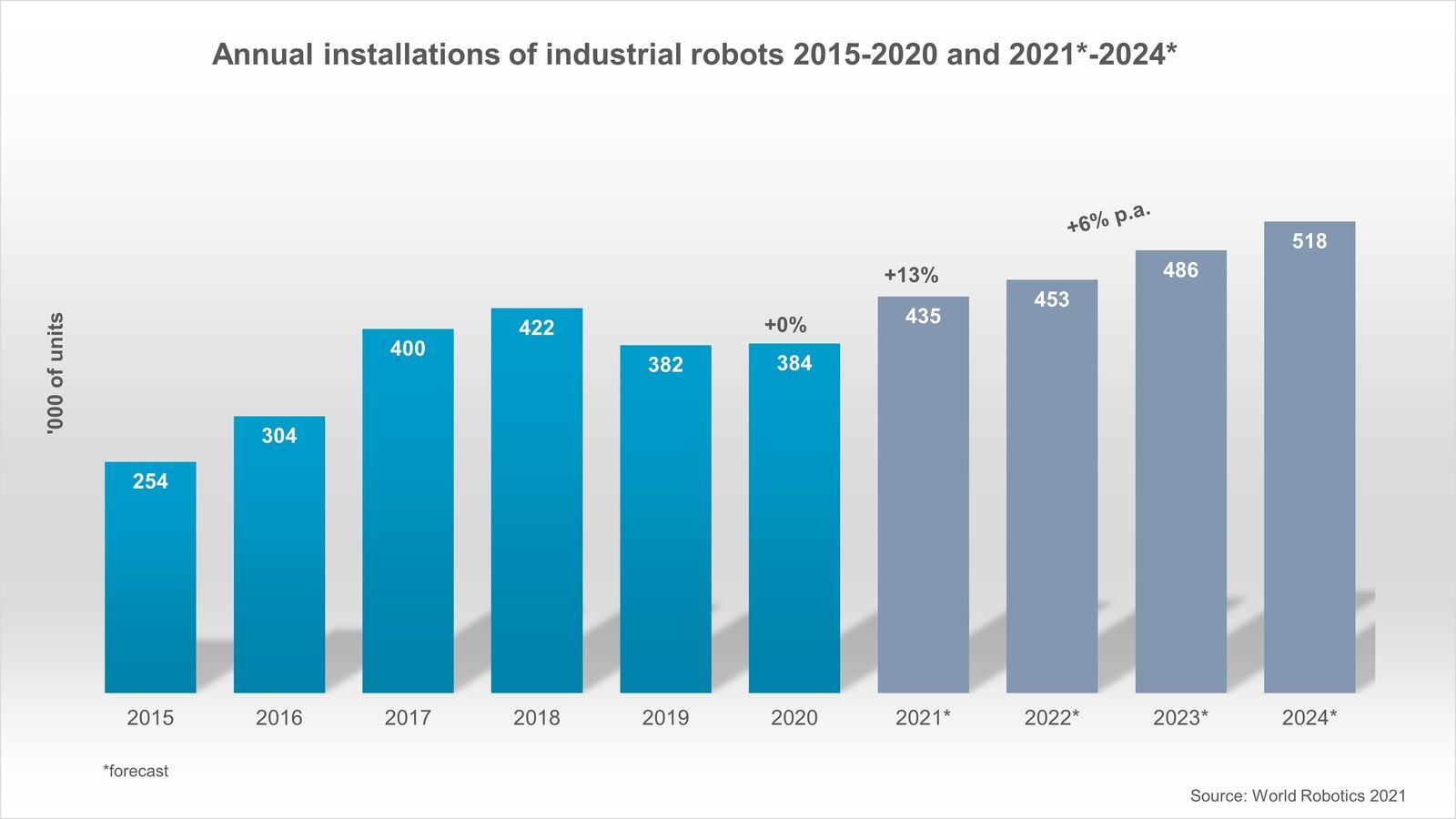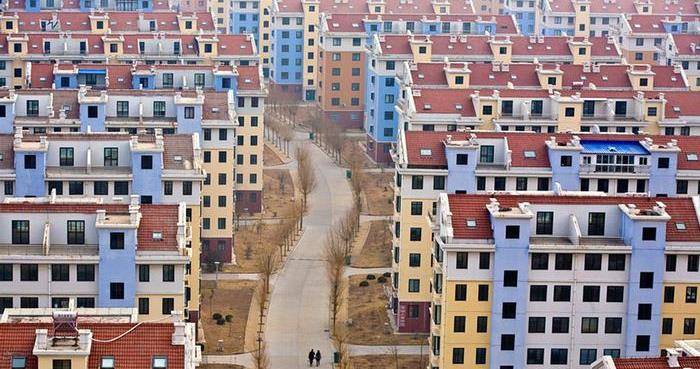According to Peter Zeihan, a geostrategic analyst China will collapse by 2030 as its population declines. The working population will go down dramatically in 10 -15 years and its output will collapse.
His data seems to be correct. Nevertheless, he seems to be ignoring two very obvious options:
1) China can increase the retirement age from 60 to 65 or 67 . This will give them a few more years to solve the productivity problem.
2) Automation.. China is installing 4 times more robots in a year than Japan and 5 times more than the United States. It is automating its industry at a neck-breaking speed.
Personally, I am not as confident as Zeihan about China's collapse.

His data seems to be correct. Nevertheless, he seems to be ignoring two very obvious options:
1) China can increase the retirement age from 60 to 65 or 67 . This will give them a few more years to solve the productivity problem.
2) Automation.. China is installing 4 times more robots in a year than Japan and 5 times more than the United States. It is automating its industry at a neck-breaking speed.
Personally, I am not as confident as Zeihan about China's collapse.

IFR presents World Robotics 2021 reports
The World Robotics 2021 Industrial Robots report shows a record of 3 million industrial robots operating in factories around the world – an increase of 10%. Sales of new robots grew slightly at 0.5% despite the global pandemic, with 384,000 units shipped globally in 2020. This trend was...
ifr.org








